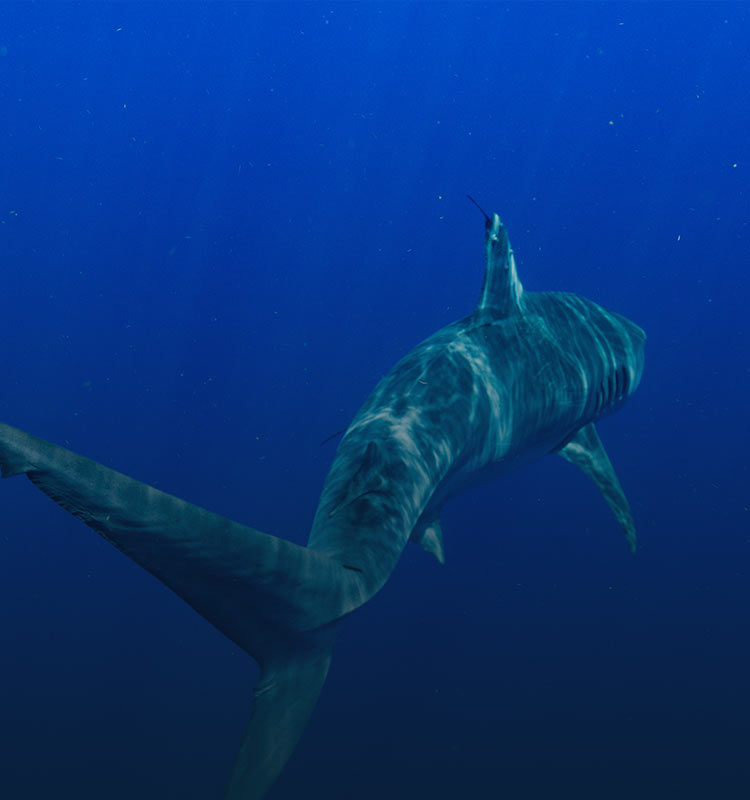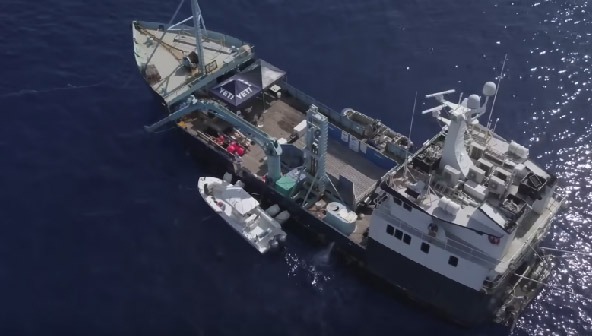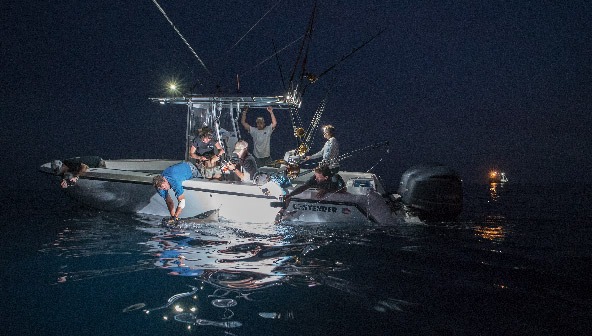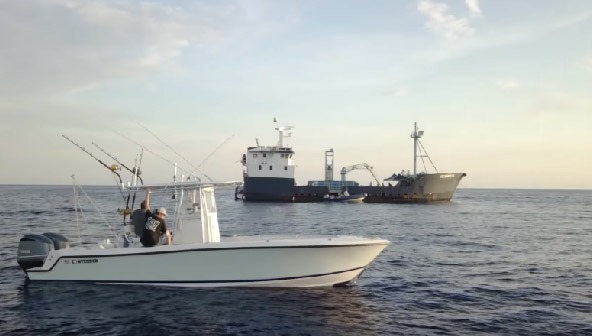26
21
5
34

McBride
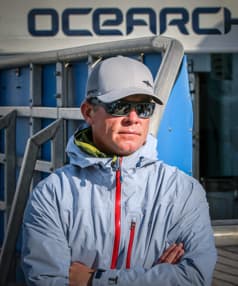
Fischer
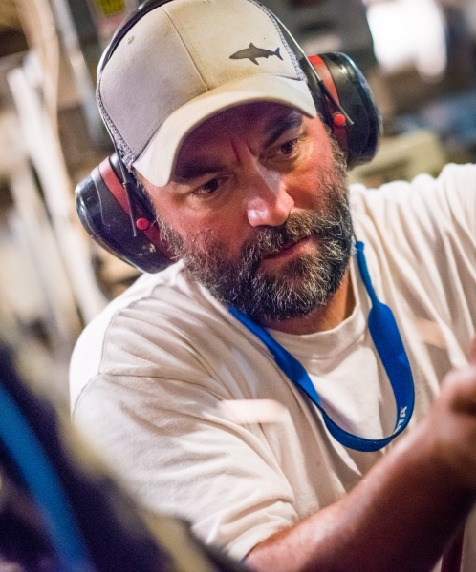
Ship Engineer – OCEARCH
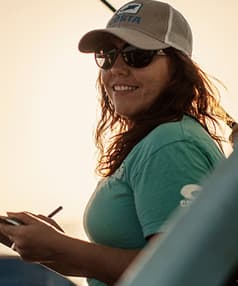
Ubatuba

van Jaarsveld

Meite


Lettieri
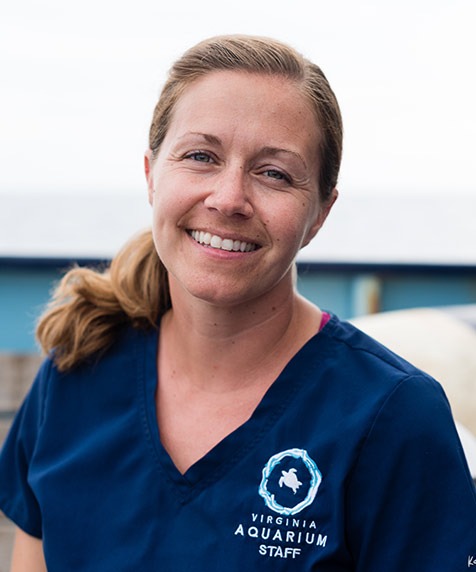
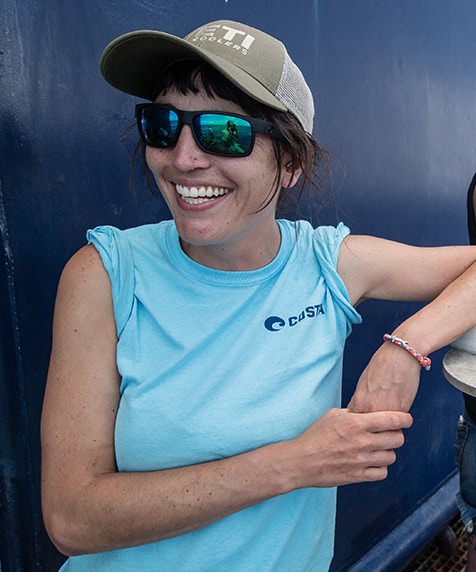
Drushka
University of Washington
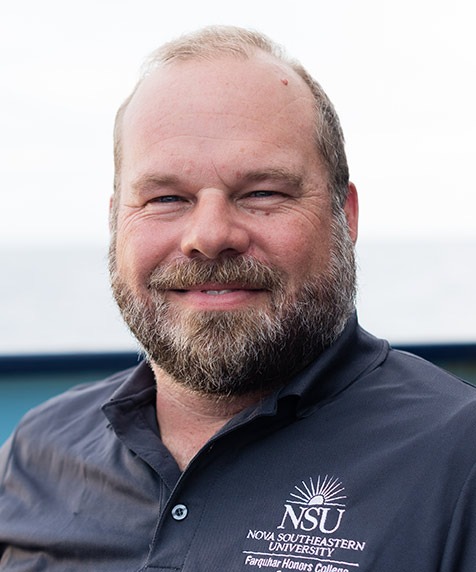
Blanar, Ph.D.
Nova Southeastern
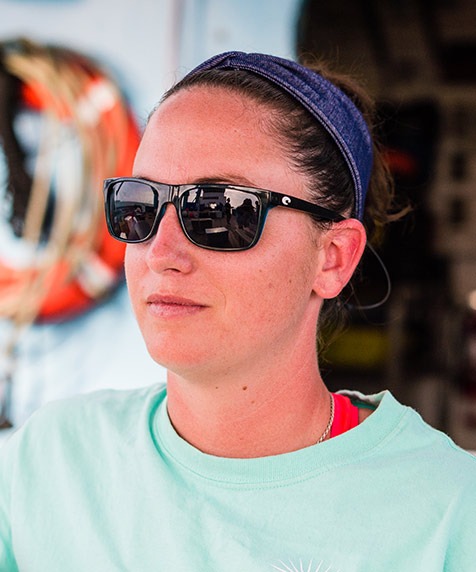
Hunn
Nova Southeastern
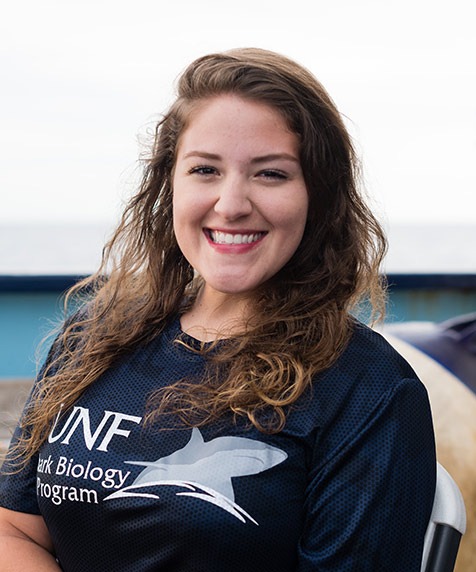
Palmrose
Univ. of North Florida
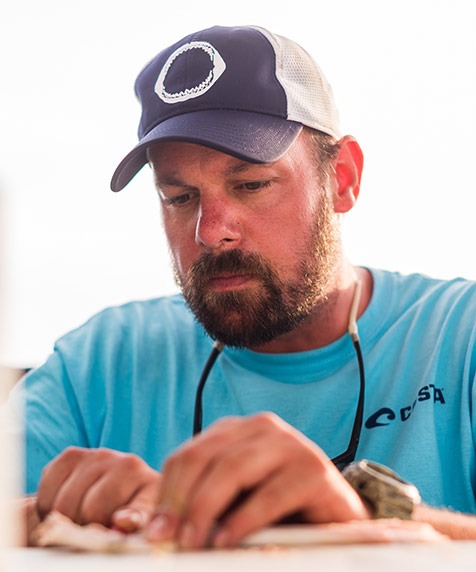
Gaube
University of Washington
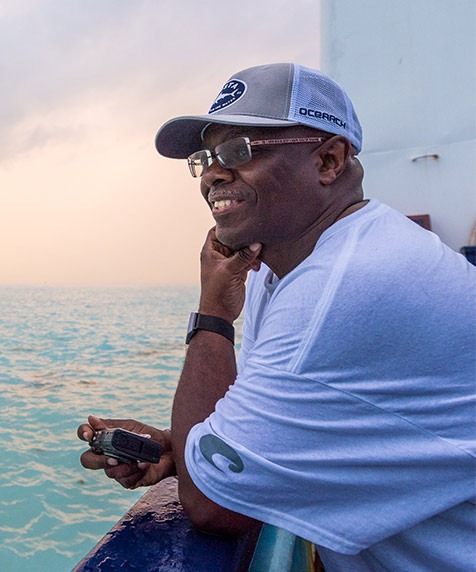
Carthy, Ph.D
University of Florida
Where is the research expedition taking place?
We are heading to the Gulf Stream! Our team of fishermen and multi-disciplined scientists will start in Key West, FL and drift the Gulf Stream to Cape Hatteras, NC. This is OCEARCH’s 32nd expedition, but a first in many ways.
When is the research expedition?
The expedition begins on May 24, 2018 and ends on June 19, 2018. The expedition will kick off with education and outreach events from May 24-26 in Key West, FL, and fishing will begin on May 27th. There will also be outreach events at the end of the expedition, from June 16-19 in Norfolk, VA.
What is the Gulf Stream?
The Gulf Stream is a giant river of seawater connecting the life of the Caribbean, Gulf of Mexico and North Atlantic. It drifts northward at about 3 knots, providing warm water, nutrients and numerous habitats for every level of sea life. Many have studied the Gulf Stream, but few have drifted it on purpose.
Why is OCEARCH heading to the Gulf Stream?
We’re heading to the Gulf Stream to expand our research beyond sharks. In addition to tagging and sampling sharks for the North Atlantic White Shark Study, our team will focus on the greater health of the ocean by incorporating oceanography, while engaging in studies of diverse marine creatures of the North Atlantic.
Why is researching the Gulf Stream important in assessing the overall health of the ocean?
The Gulf Stream is one of the most dynamic oceanographic regimes in the world. Dynamic oceanography, such as currents and strong gradients such as temperature, make this region a particularly interesting part of the global ocean for many marine species. By studying the Gulf Stream, we will be able to chronicle the linkages between currents and marine species in a way never before possible.
How many researchers are embarking on this expedition?
In total, there are 37 researchers from 27 institutions participating in the expedition; this is the largest and most collaborative science team we have ever enabled on a single expedition. We will host 14 researchers, from 8 institutions, aboard the M/V OCEARCH research vessel as part of our mission to enable data collection by providing collaborating researchers and institutions unprecedented access to mature marine animals. There are also 23 other researchers from 19 institutions who will receive samples from animals caught, allowing them to analyze the results from the blood, mucus, muscle, parasite, genetic, and other samples collected. Researchers will use these samples to conduct several studies, including understanding the sharks’ reproductive condition. See our science team bios here.
Which institutions will be collaborating in this expedition?
The expedition will include scientists from Woods Hole Oceanographic Institution, University of Washington, Mote Marine Laboratory, Jacksonville University, SeaWorld, WCS’ New York Aquarium, Adventure Aquarium, University of Massachusetts, University of North Florida, Auburn University, Massachusetts Institute of Technology, Cape Canaveral Scientific, Georgia Aquarium, Georgia Southern University, South Eastern Zoological Alliance for Reproductive Conservation, VithajSafari South Africa, University of Florida, Southampton High School, Long Island Shark Collaboration, Georgia Institute of Technology, University of South Carolina Beaufort, Nova Southeastern University, Harbor Branch Oceanographic Institute at Florida Atlantic University, University of Southern Florida, U.S. Geological Survey, Virginia Aquarium & Marine Science Center, Archie Carr Center for Sea Turtle Research.
What species do you expect to encounter?
The Gulf Stream is home to a diverse group of species, including large pelagic predatory fish such as billfish, tunas, and wahoo, and migratory animals such as sea turtles, whales, rays, sharks, dolphins, and seabirds.
What new species will you be researching?
Aside from sharks and oceanographical work, we will research sea turtles, lionfish, and sargassum.
What type of studies to you expect to run during this expedition?
This expedition will include new research projects for us, such as “Understanding Origins, Connectivity, and Protective Development of Lionfish Larvae and Juveniles in Pelagic Environments” lead by Dr. Robert Nowicki from Mote Marine Laboratory, “Sargassum Community Assessment of the South Atlantic Bight” lead by David Kerstetter, Dayna Hunn, and Chris Blanar from Nova Southeastern, and Bryan Franks from Jacksonville University, and “Understanding the Role of the Florida Current as a Corridor for Cetaceans” lead by Steve Burton and Wendy Marks from Florida Atlantic University’s Harbor Branch. Read our science brief here.
What type of oceanographical studies to you expect to perform during this expedition?
One oceanographical study we will run is the analysis of ocean structures such as eddies, fronts and filaments. Previous research has shown that these structures affect aggregation and abundance of organisms such as phytoplankton, which in turn influences foraging for species like whale sharks, and movements of several top predators have been associated with these types of structures. Scientists will collect measurements to observe these occurrences and link these processes to the movement of large marine animals. Read our science brief here.
What type of samples will you collect for the oceanographic studies?
Scientists will collect vertical profiles of salinity, temperature, current speed and direction, chlorophyll-a concentration, colored dissolved organic matter concentration, and phytoplankton biomass; mesopelagic fish and squid assemblages, diel vertical migrations of fish, squid, and zooplankton; and surface temperature and salinity data. This intensive collection of data will provide a physical context into which the marine megafauna observations collected during the expedition can be placed.
Are you still planning to tag sharks?
Yes! In addition to studying oceanography and other marine species such as lionfish, we will be tagging and sampling sharks for the North Atlantic White Shark Study.

